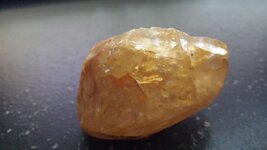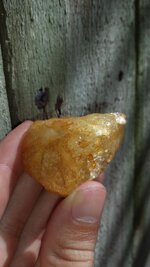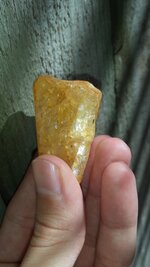Golden_Crab
Sr. Member
- Mar 28, 2016
- 253
- 183
- Primary Interest:
- All Treasure Hunting
Has it ever been heard of finding a diamond as part of a quartz matrix? Having trouble getting a concise answer on google 
Will post picture in a bit of specimen in question.

Will post picture in a bit of specimen in question.









